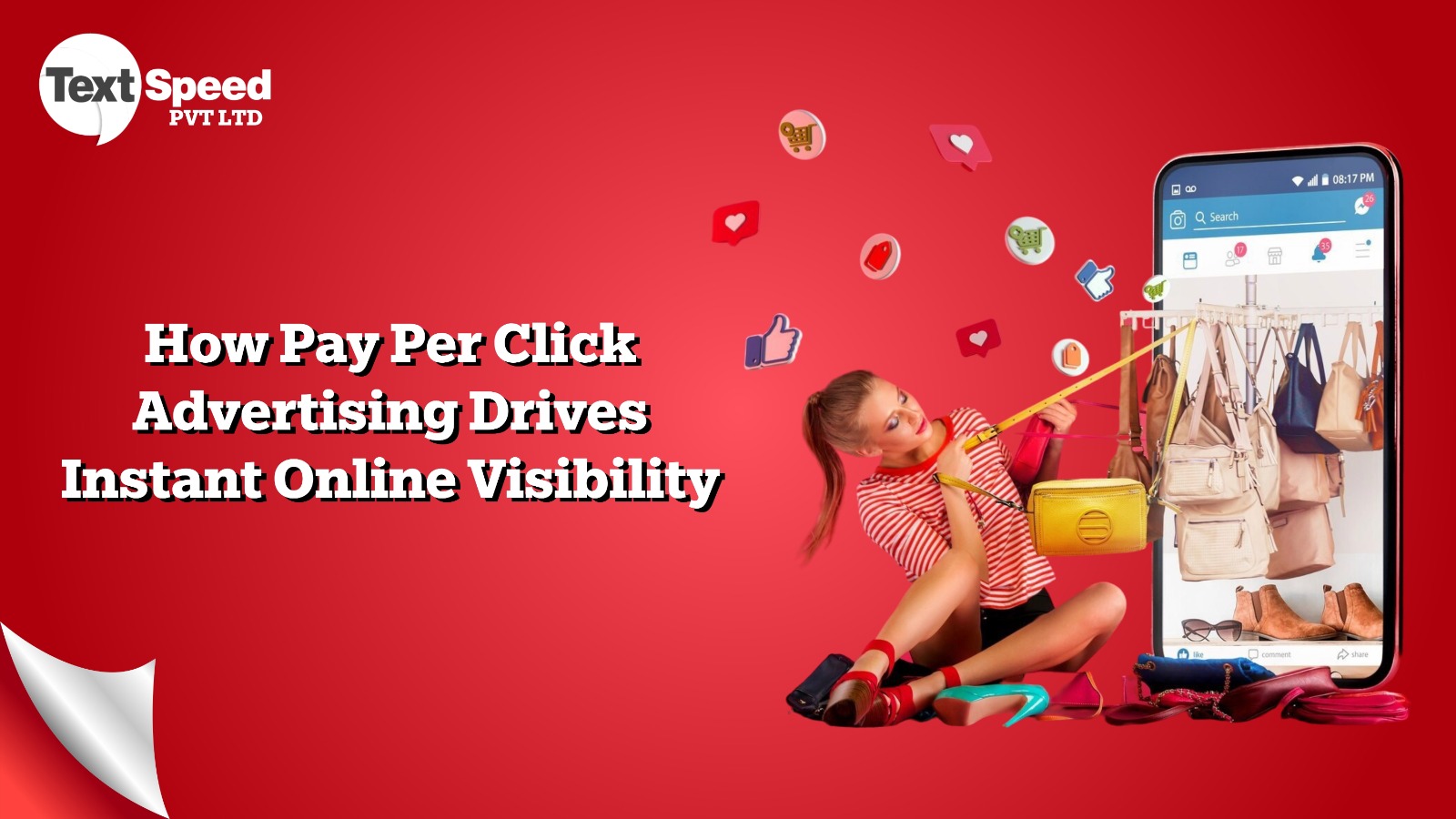Introduction
In today’s fast-paced digital world, businesses need more than just a website to thrive. The competition for attention online is intense, and waiting for organic search results to rank can often take months. That’s where Pay Per Click Advertising (PPC) comes in. This powerful digital marketing strategy allows brands to reach their target audience instantly, drive qualified traffic, and boost conversions without the long wait associated with SEO.
If your goal is to maximize visibility and generate leads quickly, Pay Per Click Advertising could be the key to your growth. Let’s explore how it works, why it’s so effective, and the strategies businesses can use to gain the most from it.
What is Pay Per Click Advertising?
Pay Per Click Advertising is an online marketing model where businesses pay a fee each time their ad is clicked. Instead of earning visits organically, companies buy visits by bidding on keywords relevant to their industry. When users search those terms, the ads appear at the top of search engines like Google or Bing, as well as on social platforms such as Facebook, Instagram, and LinkedIn.
This model is highly cost-effective because you only pay when someone shows genuine interest by clicking your ad. That means your budget is spent on attracting prospects who are actively seeking your products or services.
Why Businesses Choose Pay Per Click Advertising
Instant Online Visibility
Unlike SEO, which may take months to show results, PPC campaigns can generate traffic and leads almost immediately after launch. This makes it ideal for businesses seeking quick brand exposure.
Targeted Reach
PPC allows precise targeting options such as keywords, location, demographics, interests, and even device type. This ensures that your ads are shown only to audiences most likely to convert.
Budget Control
With PPC, you can set daily or monthly limits, ensuring you never overspend. Plus, the pay-per-click model ensures you’re only charged when someone interacts with your ad.
Measurable Results
Every aspect of a PPC campaign can be tracked—clicks, impressions, conversions, and ROI. This data-driven approach makes it easier to refine and improve campaigns over time.
Competitive Advantage
Even small businesses can compete with larger brands in search engine results by bidding strategically on the right keywords.
How Pay Per Click Advertising Works
Keyword Research
The first step is identifying high-performing keywords that your target audience is searching for.
Ad Creation
Compelling ad copy is written to attract users and encourage clicks.
Bidding Strategy
You set bids for how much you’re willing to pay for each click. Search engines then use algorithms to determine which ads appear.
Landing Pages
Traffic from PPC ads should be directed to optimized landing pages that encourage users to take action—whether that’s making a purchase, signing up, or contacting your business.
Monitoring & Optimization
Regular adjustments are crucial. By monitoring performance, businesses can improve ad relevance, lower costs, and increase conversions.
Best Practices for Successful PPC Campaigns
-
Focus on High-Intent Keywords: Prioritize terms that show buying intent rather than broad searches.
-
Write Compelling Ad Copy: Ads should be clear, persuasive, and include a strong call-to-action (CTA).
-
Use Ad Extensions: Features like call buttons, location info, or additional links can increase click-through rates.
-
Optimize Landing Pages: Ensure that users are directed to pages designed for conversions.
-
A/B Testing: Continuously test ad variations to see which performs best.
-
Leverage Remarketing: Show ads to users who have already interacted with your website but didn’t convert.
Benefits of Pay Per Click Advertising
-
Faster ROI compared to SEO
-
Highly targeted traffic with greater chance of conversion
-
Scalability – spend more to reach more
-
Insights into customer behavior through analytics
-
Enhanced brand recognition by appearing at the top of searches
When executed properly, Pay Per Click Advertising not only boosts visibility but also establishes trust, as users often perceive brands appearing on top of search results as more credible.
Conclusion
In an era where customers turn to search engines and social platforms for solutions, Pay Per Click Advertising is no longer optional—it’s essential. From instant visibility and measurable results to targeted audience reach, PPC delivers powerful advantages for businesses of all sizes.
If you’re aiming for rapid growth, increased leads, and stronger online presence, investing in PPC should be at the top of your digital marketing strategy. When combined with long-term SEO efforts, PPC becomes an unstoppable force that drives both immediate and sustainable business success.
FAQs on Pay Per Click Advertising
1. What is the main advantage of Pay Per Click Advertising?
It provides instant visibility and drives targeted traffic to your website, unlike SEO which takes longer.
2. How much does Pay Per Click Advertising cost?
Costs vary depending on keywords, competition, and industry, but you only pay when someone clicks your ad.
3. Can small businesses benefit from PPC?
Yes. Even with small budgets, businesses can reach their target audience effectively with well-optimized campaigns.
4. Which platforms are best for PPC campaigns?
Google Ads, Bing Ads, Facebook, Instagram, and LinkedIn are the most popular platforms.
5. How quickly can I see results from PPC?
Most businesses see traffic and leads almost immediately after launching a campaign.


